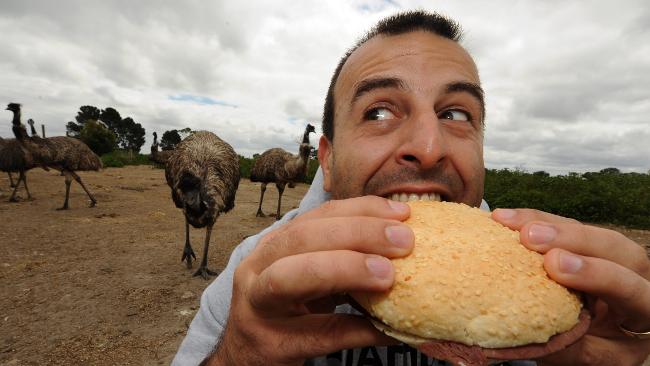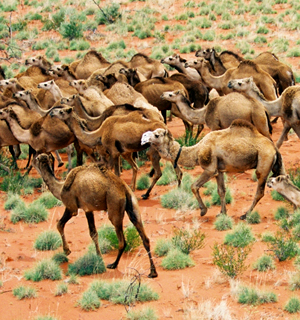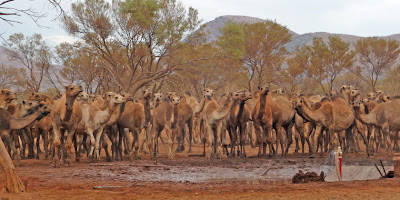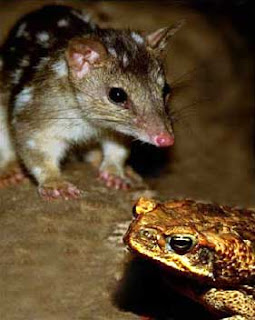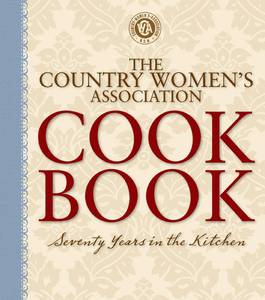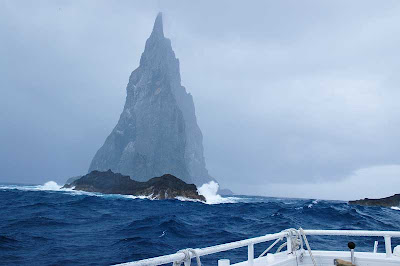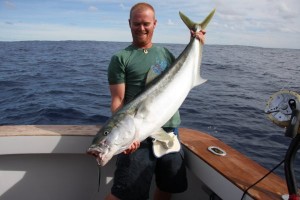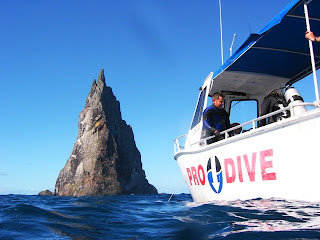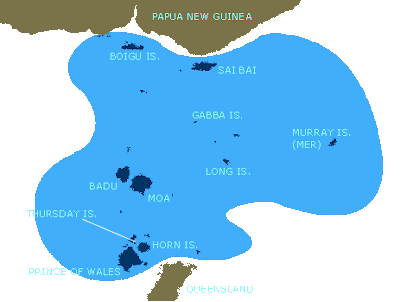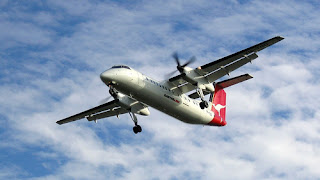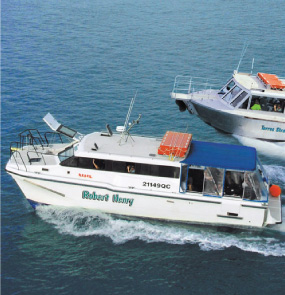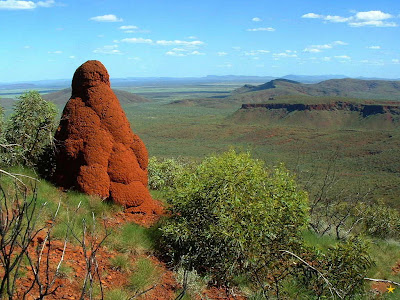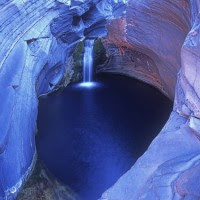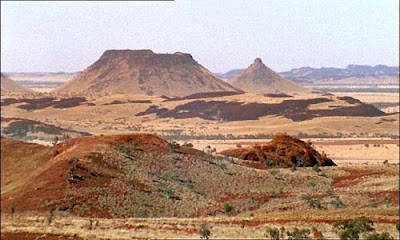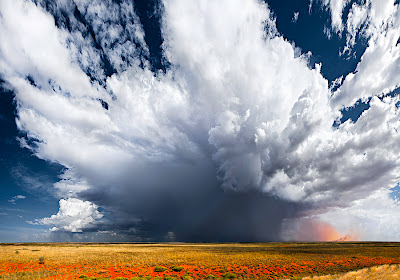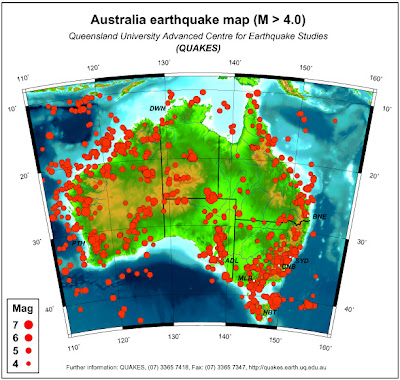Worlds largest ocean stack Balls Pyramid off Lord Howe Island
Lord Howe Island is a small island in the Tasman Sea
600 kilometres (370 miles) east of the Australian mainland, and is part of the Mid-North Coast Statistical Division of New South Wales, Australia.
Lord Howe island is roughly crescent-shaped, about 10 kilometres (6.2 miles) long and 2 kilometres (1.2 miles) wide. It is an eroded remnant of a 7 million-year-old shield volcano. The crescent of the island protects a coral reef and lagoon.
Mount Lidgbird
777 metres (2,549 ft) and Mount Gower
875 meters (2,871 ft) dominate the south end of the island, are remnants of lava flows that once filled a large volcanic caldera.
These lava flows occurred
6.4 million years ago, and were the last volcanic events on the island, which has subsequently eroded to what remains today.
Lord Howe Island was discovered on 17 February 1788, by HMS Supply, commanded by Lieutenant Henry Lidgbird Ball, RN, who was on his way from Botany Bay to Norfolk Island with convicts to start a penal settlement there. On his return journey on 13 March 1788, he sent a party ashore on the island.
It was uninhabited, and it seems that it had not been known to any of the Polynesian peoples of the South Pacific. Whilst Mount Lidgbird on the island and the nearby Balls Pyramid are named after Ball, the island itself was named after Richard Howe, 1st Earl Howe, who was First Lord of the Admiralty.
Only one native mammall remains on the island, the Large Forest Bat, there are two terrestrial reptiles that are native to the island, a skink and a gecko. Both are rare on the main island but more common on smaller islands offshore. The Garden Skink and the Bleating Tree Frog have been accidentally introduced from the Australian mainland in recent years.
Lord Howe is also Australia’s premier bird watching destination, with over 14 species of seabirds nesting on the island
Lord Howe Island, with its adjacent islets, is an important breeding site for several kinds of seabirds. They include the Providence Petrel, for which the island was its only breeding location for many years after the breeding colony on Norfolk Island was
exterminated in the late 19th century.
Species of landbirds that breed on the island group include an iconic endemic rail, the Lord Howe Woodhen, and three endemic passerine subspecies of the Golden Whistler, Silvereye and Currawong.
The Flesh-footed Shearwater breeds in very large numbers in summer; its chicks were heavily
harvested by the
islanders for food.
Masked Boobies are the largest seabirds breeding on Lord Howe island.
Fishing
On Lord Howe Island you can
hand-feed the metre-long kingfish at Neds Beach, or try your hand at catching one off-shore from one of the local sports fishing boats.
Diving
Lord Howe Island has a
mind blowing and isolated scuba diving site which was
only discovered six years ago. Ball's Pyramid is the best diving Lord Howe Island has to offer - we encounter large schools of fish and huge hard, soft and black corals, gorgonia,
stingrays, turtles and sharks.
How to get there!
QantasLink offers year-round scheduled services to
Lord Howe Island. Flight time is under two hours, with flights departing from Sydney on most days, and from Brisbane on weekends.
A seasonal weekly service to the Island is also available direct from Port Macquarie from February to June and September to December.
There are connecting services with Qantas from all Australian capital cities and with QantasLink from many regional centres.
